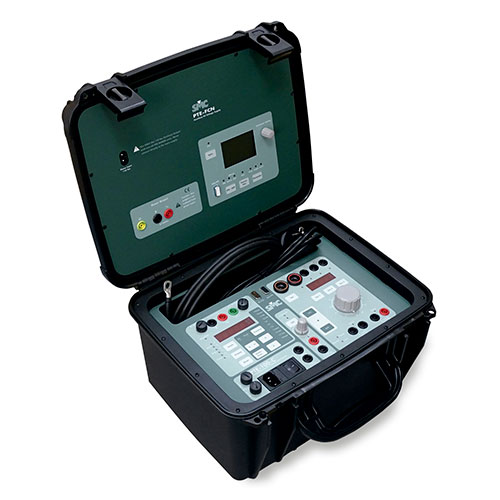Testing current transformers is paramount for several reasons:
-
Accuracy: Regular testing ensures that the current transformers are performing accurately. This is crucial as they are used for metering purposes and must have a high degree of accuracy to ensure precise billing.
-
Protection: Current transformers used for protection must react quickly and correctly in the event of a fault. Testing helps verify this.
-
Early Fault Detection: Electrical changes in a current transformer, caused for example by aging insulation, can be identified at an early stage through testing.
-
Preventive Maintenance: Regular testing can identify minor issues before they become major ones, saving time and money in the long run. It also extends the lifespan of transformer units.
-
Safety: Testing reduces risks such as confusing instrument transformers for metering and protection, or mixing up connections.
-
Cost-Effective: Instrument transformer-based transformers are less costly, and damaged parts can be easily replaced.
In summary, regular testing of current transformers is crucial for maintaining the health and efficiency of power systems.

